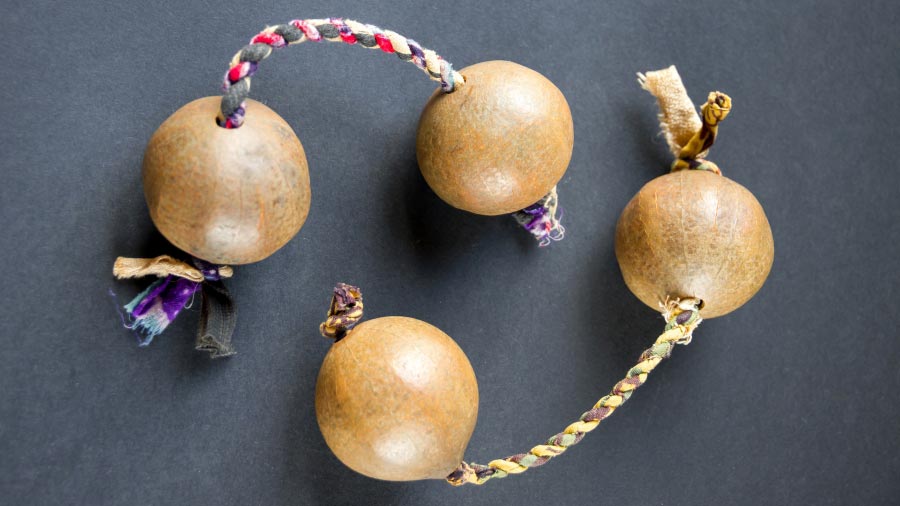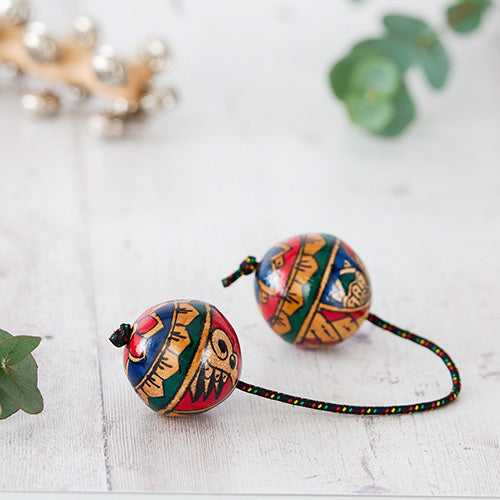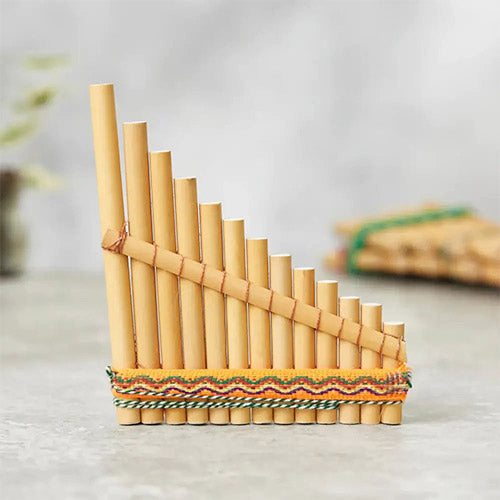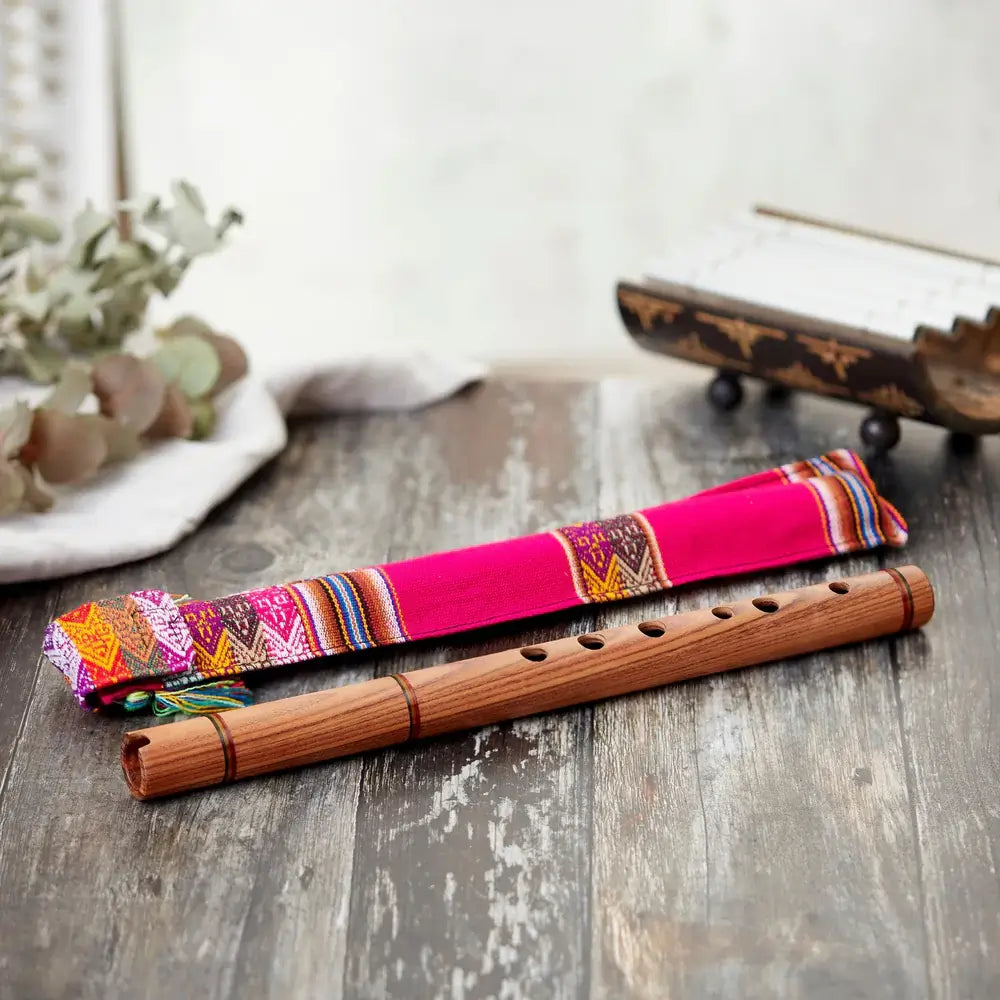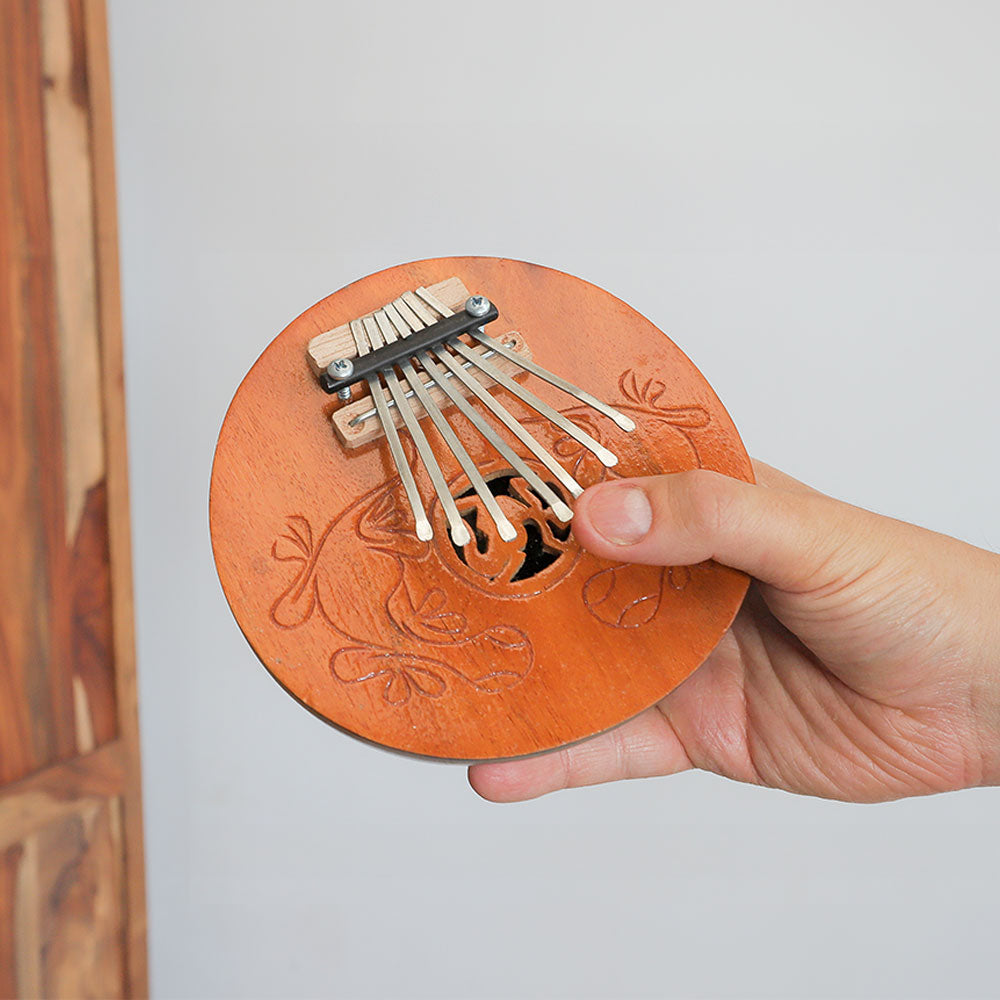In this complete guide, we will the kashaka shaker, its origin,different types, where to buy, how to play and much more. The Kashaka, sometimes known as Cas Cas, is more than just a rhythmic instrument. It originated in West Africa and has been used in various musical genres. It has unique qualities that make it extremely versatile.
Where did the Kashaka Shaker Originate?
The history of the Kashaka is deeply rooted in African culture, where it has been used for centuries in ceremonial music and communal gatherings. As you hold a Kashaka in your hands, you are not just holding a musical device but a piece of history that has been passed down through generations.
The Kashaka shaker originated in West Africa and was popularised by the Yoruba people of Nigeria. It has been a key part of many musical styles, from traditional folk to modern world music. Its unique sound has been enjoyed by musicians around the world adding to the diverse world of percussion.
Anatomy of the Kashaka Shaker
The Kashaka consists of two small gourds or wooden halves filled with seeds or beads, connected by a flexible string or rope. Its simple yet clever design allows it to produce rhythmic and melodic sounds through movement.
Material
The Kashaka is traditionally made from dried gourds, offering a natural, organic sound. As its popularity grew, new materials emerged, each with a unique tone and feel. We sell wooden Kashakas made from two pieces of acoustically selected wood, producing a warm sound.
Gourd Kashakas remain the most authentic—lightweight with a sharp, resonant quality. Plastic versions are bright and durable, ideal for casual or educational use but they are not good for the environment. Steel Kashakas, though less common, deliver a heavier, metallic tone with sharp resonance.
Where are kashaka Shakers made?
Originating in Africa, Kashakas are now made worldwide, with each region using local materials and techniques. The african gourd kashaka was andcrafted in West Africa using traditional methods and natural gourds, African Kashakas are central to the region’s music. Variations in Peru and South America use vibrant colours and designs, reflecting their folk and modern music styles.
The Indonesian Ocean Kashaka has a shiny satin finish, these Kashakas feature globe-like designs and long adjustable ropes for ease of play. The Japanese Kengoma Kashaka. It was crafted in Japan from hemp, these Kashakas reflect precise artisanship and offer a subtle, organic sound.
The Kashaka in different musical genres
The Kashaka is used across genres—from traditional African music to Latin and even pop. In Africa, it’s essential in ceremonies, storytelling, and dance, known for producing complex rhythms and mimicking language. In Latin music, it complements congas and bongos, adding sharp, staccato textures. Even in pop, its unique sound adds an unusual percussive element in recordings and live shows, proving its wide appeal and versatility.
Where to buy the Kashaka?
Ready to start playing? Discover our range of high-quality Kashakas, from traditional African gourds to wooden versions offering warm tones. Whether you're a collector or a musician, we have the perfect Kashaka for you.
How to play the Kashaka Shaker
Playing the Kashaka is simple, but mastering it takes practice and requires that you learn fundamental skills. To start, hold one ball in your palm, with the string running between your fingers. The other ball should swing freely. Try holding it in different positions, like palm-up or palm-down, to see what feels best. Keep your wrist and arm relaxed for smooth movements.
Begin by shaking both balls together in a steady rhythm, like a 1, 2, 3, 4 beat. Once you’re comfortable, try faster rhythms to add more energy. For a traditional technique, flick one ball around while holding the other, creating a “bash” sound on beats 1 and 2, and smaller shakes on 3 and 4. This basic pattern is the foundation of Kashaka playing.
Take Your Kashaka Playing to the Next Level!
The Kashaka is more than just an instrument—it’s key to many musical traditions. To play it like a pro and improve your sound, get The Complete Kashaka Player eBook by Ryan Bomzer. This 50-page guide is packed with clear diagrams, rhythm breakdowns, and exercises to help you master advanced techniques.

